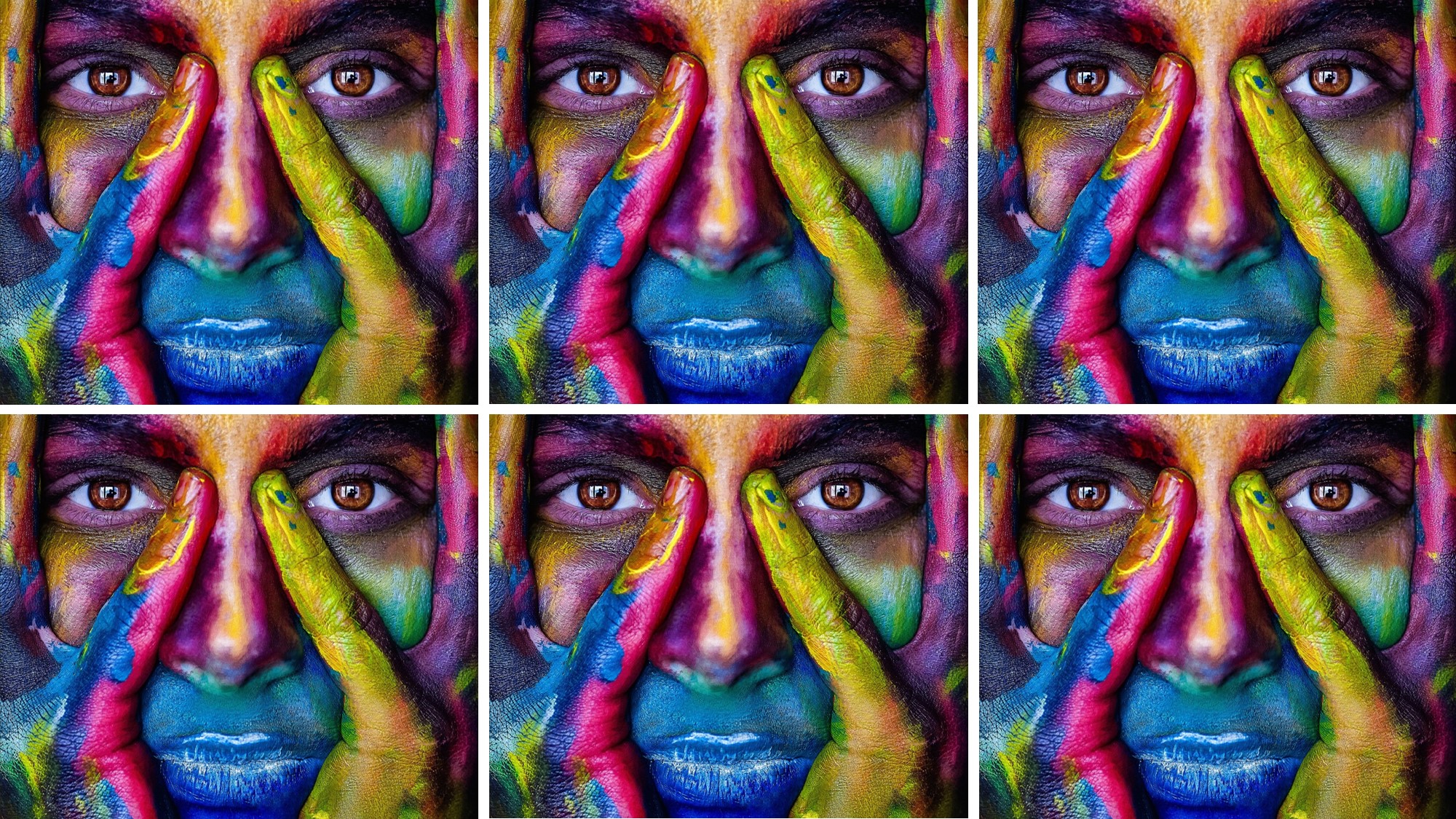
“Diversity is being invited to the party, inclusion is being asked to dance” Verna Myers
We love this quote from Diversity & Inclusion (D&I) specialist Verna Myers as it sums up the following article. Creating a diverse team is just the beginning of the journey, inclusion is where the rubber hits the road!
Anne recently participated in a webinar for Team Management Systems (TMS) on the topic of Cognitive Bias and Teams, and during it she asked participants “Does your organisation focus more on Diversity or Inclusion?” (see resources section to watch the webinar).
The answer was enlightening – 83% said the focus was on Diversity with only 17% responding that the focus of their organisation was on Inclusion. This presents an opportunity for us to revisit the importance and value of refocusing on inclusion.
1 Fact – Inclusion isn’t as Natural to us as first Thought
Myers’ quote helps us to realise that diversity does not guarantee or even promise Inclusion. We are social beings who want and need to connect with others, however, our brains are wired for survival first, creating an initial disconnect.
Subconsciously, we are continually on the lookout for what or who might be a threat to us and we are on constant alert to spot potential dangers in our environment. We pick up on ‘difference’ as a potential danger and our brains categorise people who are different from us as ‘foes’ before we see them as friends or allies.
3 Insights
1. We are hardwired to make sense of overwhelming amounts of information by rapidly and automatically classifying people by gender, ethnicity, age etc. We create mental shortcuts and handy scripts to enable us to use our brain efficiently. For example, we might have a script running that says, “nurses are female and surgeons are male” and not even be aware that this is influencing our perceptions of others and our actions, as these judgements happen outside of our conscious awareness.
2. We are designed for bias and we feel more comfortable with people who are like us. This is the Similarity or Affinity Bias at work. We can more easily understand each other, we ‘get’ each other and we think similarly. This can be the basis of Group Think and can lead us into believing that our limited perspectives are correct, and poor decisions can result without having the challenge that can come from people with a different perspective.
3. In diverse teams, the work feels harder. Where there are differences in how people see their world, discussions can feel disjointed and even tense. People need to explain their views and justify their decisions to others. This provides better outcomes, but it requires more time for people to be heard and more patience for different views to be considered. You can read more about this in our resources section where the HBR article cites examples of higher performance outcomes with diverse teams that didn’t feel comfortable.
At times it was chaotic and definitely not easy with so many different opinions, approaches and perspectives, but with the help of a superb manager who actively facilitated inclusion, it was one of the best and most high performing teams she ever worked in. Their last reunion was in 2017 – 30 years on!
So how can we harness and strengthen inclusion in teams?
4 Tips for Ensuring a More Inclusive Approach (plus a bonus tip)
1. We can learn about bias, both conscious and unconscious and increase our awareness of how our brains work for and against us when it comes to inclusion, then take positive action. Here is the link to our programs (Getting to Grips with Unconscious Bias and Harnessing Team Diversity & Inclusion)
2. We can allocate time in meetings for sharing and actively listening to different ideas and perspectives in a psychologically safe environment i.e. without prejudice and judgement
3. We can learn how to manage conflict productively. Homogeneity can lead to group think that stifles creativity and innovation, whereas diversity can surface healthy conflict that results in greater flexibility, better problem-solving and robust outcomes
4. We can use team-based psychometric tools (such as TMS or DiSC) to help people understand themselves and each other better and create opportunities to work together in mixed personality groups
5. We can review our policies, practices and procedures. How do they facilitate or hinder diversity and inclusion? Do we, for example, provide a range of flexible work practices? Here in Australia many organisations are implementing RAP’s – Reconciliation Action Plans building and encouraging relationships between Aboriginal and Torres Strait Islander peoples, communities, organisations, and the broader Australian community
In Summary
We should not assume that every manager or leader has an inclusive mindset, so it’s important to check that a team leader wants to be inclusive. They are human too and have the same wired-in biases as the rest of us. We may need to sell the benefits of focusing on both Diversity and Inclusion and then help them find a way to get there.
Leave a Reply